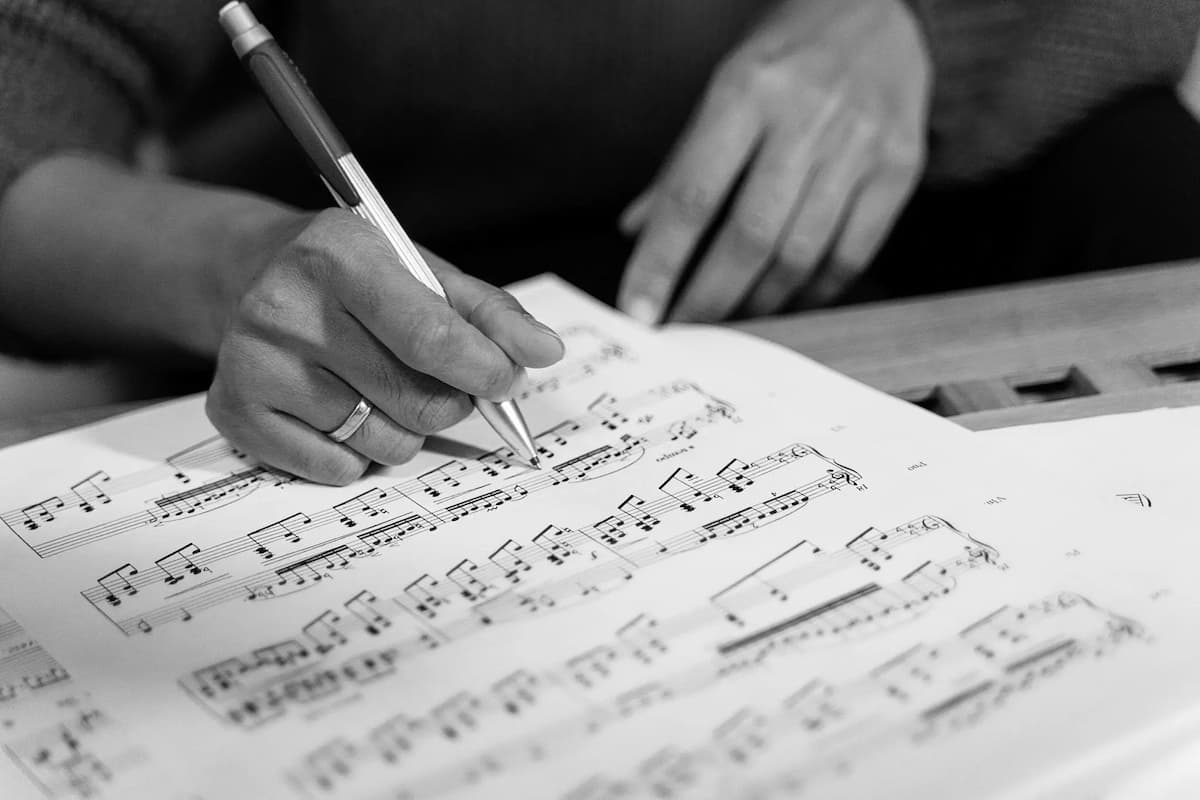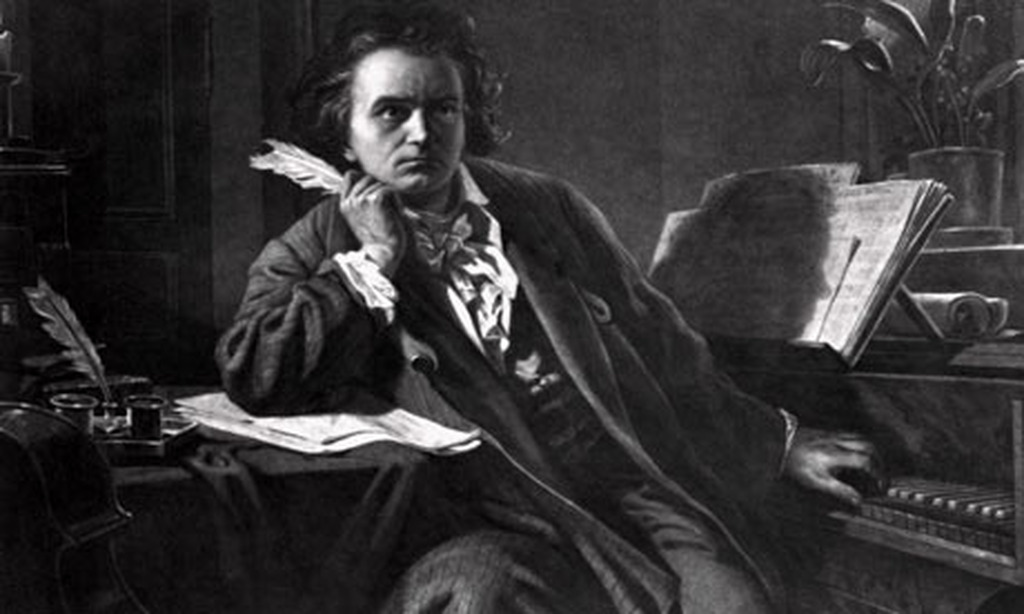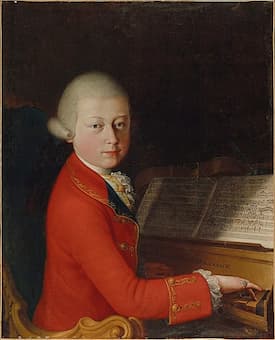We all have painted by numbers at some stage of our childhood – or adult life! Painting by numbers is a wonderful invention which guides the aspiring young artist in completing a modest and amateur work of art. Without worrying too much about the fundamentals of it. A great introduction to painting, it is a little bit like cycling with training wheels. And did you know that this could be applied to music too? A sort of composing by numbers. It certainly exists, and in fact, there is one moment in the history of music where this has never been any clearer.

© musicproductionglossary.com
The Classical period falls between the baroque and the romantic periods, and is contained between 1750 and 1820. If this seems a short time, it has nevertheless been a period of flourishment for all the arts, and of course this applies to music. It is also the period of the First Viennese School, referring to the trio of composers that are Haydn, Mozart, and Beethoven.
Haydn: String Quartet in D minor, Op. 42
The Classical period is the moment during which most of the Western classical forms have been standardised and developed. If Bach laid the rules, and Beethoven then went on to begin their revolution, it is during this short period that most of these systems found their most perfect forms: the concerto, the quartet, the symphony, and most importantly, the sonata form.

Beethoven composing at the piano © Bettmann/Corbis
There is of course, a reason why composers would have written following sets of rules and guidelines. First of all, it was quite common practice in the artistic world – and creativity had a completely different meaning to what we know if it is today –, it was less about breaking boundaries or pushing the artistic limits, but rather to provide with a divertissement and accompany the life of the nobility and the rich. Secondly, much of the music composed during the Classical period is done under commissions; whether it is to entertain, to accompany, or to educate. If the Classical composer remains an artist, he is much more akin to being a craftsman than the peers who have followed him. It is well-known for instance, that Mozart would finish operas’ openings before the premiere, or the completion of entire quartets moments before the performance. Thirdly, during the Classical period, the harmonic language remained quite conservative — and centred around the relationship between tonic and dominant — there was no question of breaking boundaries but rather developing and expanding the rules laid before. In this sense, the Classical period has been instrumental in the development of Western classical music as we know it.

The young Wolfgang Mozart (1770)
A useful way to understand the concept of composing by numbers is to look at Mozart’s sonatas. For instance, his well-known K.333 is based on the sonata form of (I) exposition, (II) development, and (III) recapitulation. In the exposition, Mozart follows a structure of (i) subject, (ii) transition, (iii) second subject, (iv) codetta and repeat. The development is freer, and the recapitulation follows the same structure as the exposition from (i) to (iv). This general guideline — the numbers of each section — can be observed in most of his piano sonatas, such as K.457 or K.545, with little to sometimes no variation at all!
Mozart – Piano Sonata No. 16 “Sonata semplice”, K.545 (1788)
The concept that I present as composing by numbers, although extremely productive, seems to have disappeared with the arrival of the Romantics, and today, it is perhaps more of an occasional compositional device than anything else. But there is a lot to take from it, and at times, composing by numbers is the way out of a composer’s block – or a quick way to achieve a work.
Many composers, when working on a piece, particularly when it is through pen and paper, often start with the definition of a structure, a blueprint, similar to that of an architect. Once the main structure is defined, all that is left to do is fill the gaps; in essence, then composing by numbers.
For more of the best in classical music, sign up for our E-Newsletter
